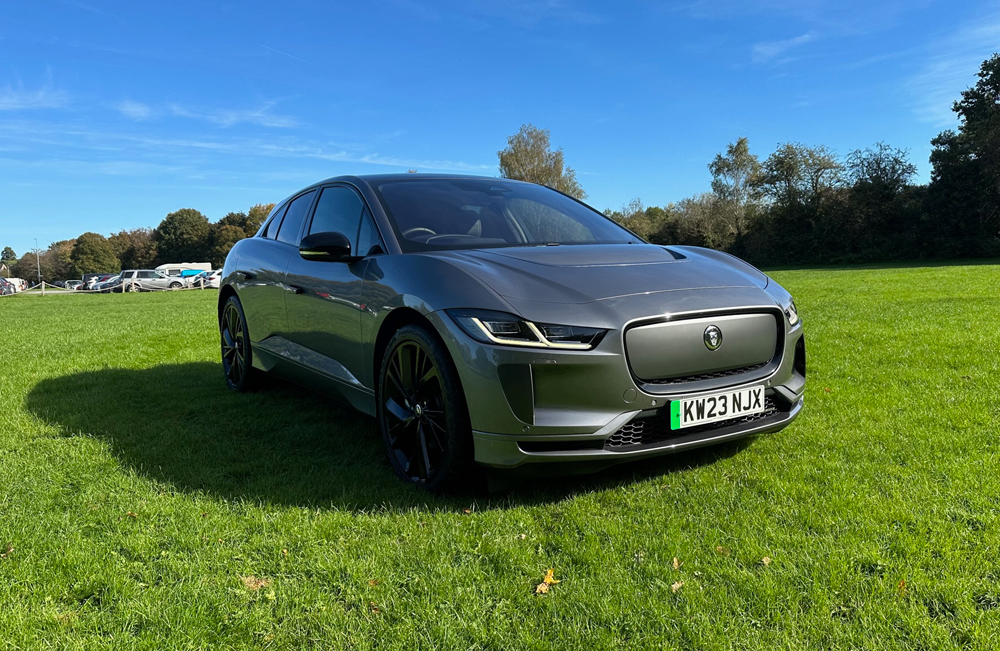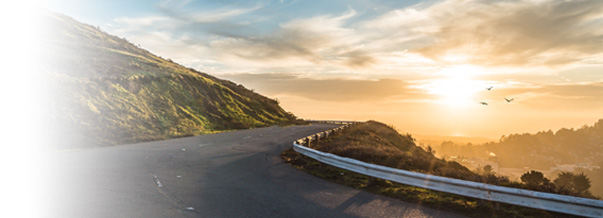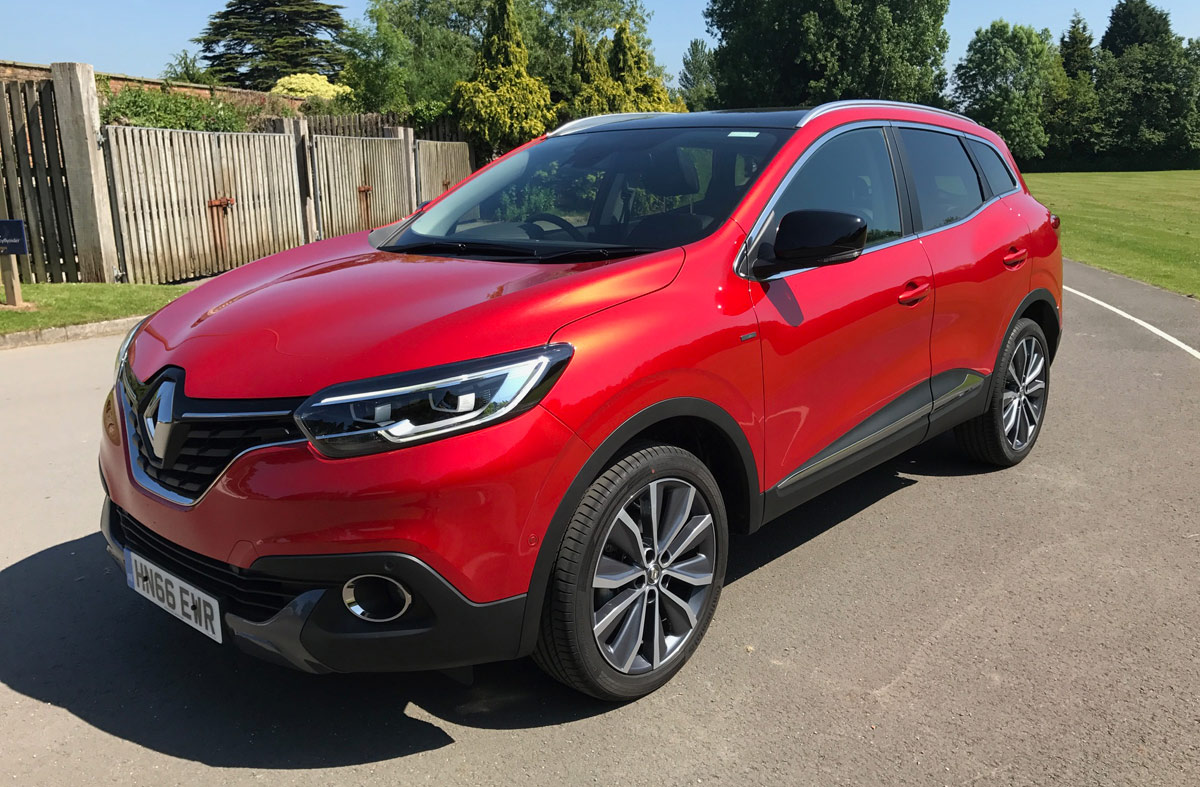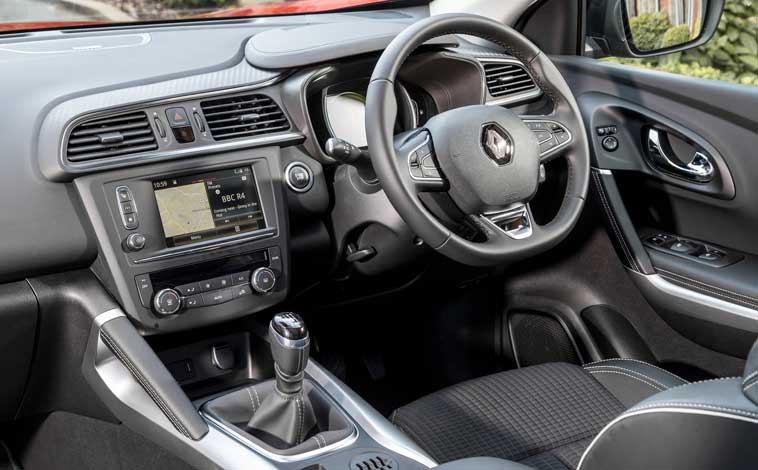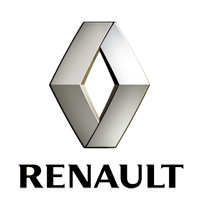
Renault
Kadjar
Renault’s latest arrival in the crossover segment – the Kadjar – is being viewed as a striking big brother for the highly-successful Captur model. And with an 18-strong line-up of 4×2 and 4×4 models based on four trim levels, there is a Kadjar to suit all tastes and budgets.
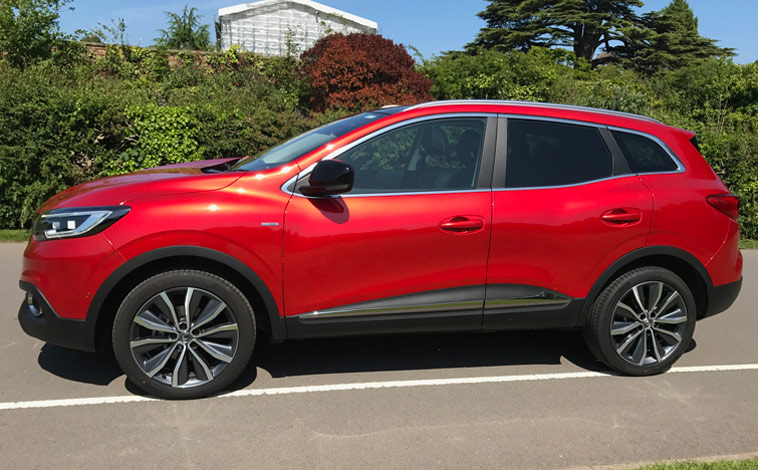
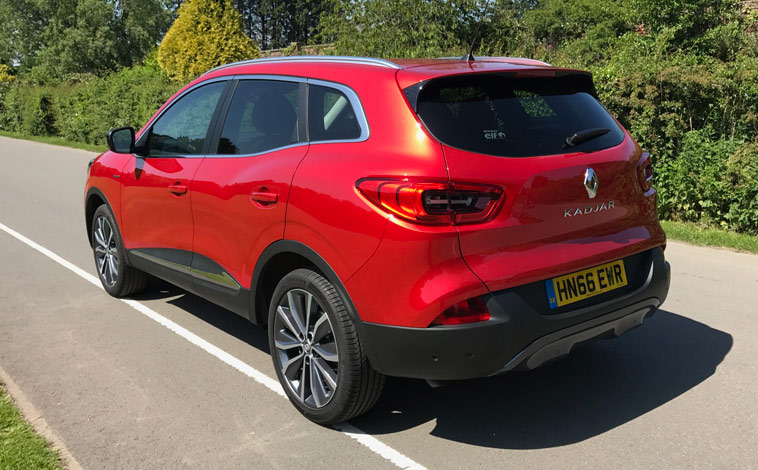
The good
Sporty, stylish design with a wealth of on-board technologyThe bad
Competing against strong well-established rivalsTech Specs
Test Drive
Renault Kadjar Signature Nav dCi 130 2WD
We all have our different priorities when it comes to choosing a new vehicle and it always made me giggle when a new test car was dropped off at my old office that the most common question I faced from work colleagues rarely touched upon performance, power or even the make or model. The most frequent query was regularly “what colour is it?”.
The reason I mention this now is due to the dazzling paintwork on my most recent test car – a Renault Kadjar. It boasted a stunning Flame Red shade and it looked truly fabulous. Too many cars these days are silver, black or white so it’s a refreshing change to get such a bright car to stand out from the crowd.
And the sporty colour scheme certainly suited the car’s athletic styling with plenty of eye-catching design cues, including 19-inch Zeus diamond cut alloys, body side mouldings with chrome inserts, tinted windows, roof rails, painted front and rear skid plates, full LED headlights, side and boot kick plates, front fog lights and a panoramic sunroof that allows light to flood into the cabin.
Step inside the compact SUV and you will discover a beautifully styled interior with an array of on-board techno treats and creature comforts to be explored. These include the likes of a 7-inch touchscreen with TomTom sat nav, a reversing camera, a DAB radio, Bluetooth connectivity, an eight-speaker BOSE sound system, dual zone climate control and lots more besides.
The car has a clutter-free and upmarket appearance and the dark carbon coloured leather and cloth seats offered plenty of support with easy adjustment to find the perfect driving position. The driver benefits from excellent all-round visibility thanks to the elevated seats. In addition, all dials, controls and read-outs are ideally positioned for ease of use which is another bonus factor.
The 2WD test car was priced at £26,565, but a number of optional extras bumped up the price-tag to £28,010 including that Flame Red metallic paint which cost £645. The Kadjar was powered by a 1.6-litre 130PS diesel engine mated to a six-speed manual gearbox. It could reach 62mph from a standing start in 9.9 seconds, topped out at 118mph and, according to official figures, delivers combined fuel economy of 62.8mpg with carbon emissions of 117g/km.
Out on the open road and faster moving motorways, the Kadjar performed superbly with plenty of power on tap as it zipped smoothly and rapidly through the gears. The road-holding was confident and assured and there was minimal body lean into the corners which is good for a compact SUV.
There was a little wind and road surface noise when pushed particularly hard, but generally the all-round handling was pretty refined. In busy town centres that great visibility is a plus factor with cars and pedestrians darting out from all angles and there is even hands-free parking which will make you look like the complete expert when squeezing into unimaginably tight spaces.
The Kadjar has a very athletic feel and look to it and although it shares many of its powertrains and body parts with the Nissan Qashqai thanks to the Renault-Nissan Alliance, the French model certainly takes top billing on the catwalk stakes and proved a head-turner as it cruised along.
Storage options are impressive too with a boot capacity of 472 litres – this can be increased to 1,478 litres with the 60:40 split-folding rear seats dropped down flat. In addition, the boot floor can be raised or lowered which is a practical feature and elsewhere there are numerous handy storage compartments. I did find the cup holders to be quite small though, so be careful not to order too big a coffee to go!
Safety specifications are comprehensive as one would expect and include lane departure warning, automatic high/low beam, front and rear parking sensors, traffic sign recognition, cruise control, a speed limiter, numerous airbags and an alarm and immobiliser to keep any uninvited attention at bay.
All in all, the Renault Kadjar is another addition to the ever-growing compact SUV or crossover scene but with its great styling, impressive kit levels and great driving dynamics it is a model worth investigation. And, of course, that Flame Red paintwork perfectly suits its flamboyant and sporty character.
Test Drive
Renault Kadjar – first drive (2015)
Car companies can barely keep up with consumer demand for quality ‘grown-up’ crossover vehicles so it’s little surprise that Renault has joined the race to capture a slice of the action.
Following hot on the heels of the very successful Captur model we have the arrival of its bigger brother – the Kadjar – which will lay down the gauntlet to rivals such as the Ford Kuga and Kia Sportage.
It is also likely to draw some attention away from the best-selling Nissan Qashqai. In fact the Kadjar is actually built on the same platform as the Qashqai thanks to a Renault-Nissan alliance, but while many mechanical parts and technologies are shared, Renault is very quick to point out that almost everything you see and touch is unique to Kadjar.
There 18 different versions of the Kadjar with a choice of three powertrains at launch (one petrol and two diesel). Customers can select from two or four-wheel drive, manual or automatic transmissions and choose from four richly-equipped trim levels. Prices start from £17,995 and rise to £26,395.
The entry-level Expression+ features DAB digital radio, Bluetooth connectivity, a seven-inch infotainment system, LED daytime running lights, air conditioning, a two-way adjustable steering column, tinted windows, front fog lights and plenty more.
Step up to Dynamique Nav and you will see the introduction of a highly-effective sat nav system, dual zone climate control, automatic lights and wipers, plus extra chrome detailing.
Dynamique S Nav brings 19-inch alloys, a one-touch easy-folding rear bench, leather upholstery and lots more.
And finally, the range-topping Signature Nav adds a panoramic sunroof, an eight-speaker BOSE sound system, painted front and rear skid plates, side and boot kick plates, full LED headlights and a few other features.
There are also personalisation possibilities on offer thanks to seven themed packages such as a climate pack, parking pack, safety premium pack and techno pack.
The Kadjar looks athletic and rugged from any angle with muscular lines, sharp styling, angular light clusters, plus a bold grille with the large Renault logo – it‘s clearly a car the company is very proud to boast about. Step inside and the spacious cabin can easily accommodate five adults with ample leg, head and shoulder room in the rear.
The boot is also generously-sized with a 527-litre capacity that can quickly and easily be increased to 1,478 litres with the rear seats dropped flat. The interior is neatly styled and has a very modern feel to it with plenty of soft-touch materials and a whole host of on-board technology to be explored.
All the instrumentation and dials are well positioned for driver usability and it’s beautifully reassuring for once to find a car that is rich in techno treats yet remains easy to operate without having to navigate complicated touchscreen menus to simply raise the temperature a notch!
The Kadjar has already achieved the maximum five stars in the Euro NCAP safety ratings and features a whole range of systems, including anti-lock brakes with electronic brakeforce distribution, cruise control, understeer control, stability control and numerous airbags. An optional pack available on Signature Nav models introduces the likes of advanced emergency braking and blind spot warning.
So the Kadjar looks fabulous, is richly-equipped and boasts a host of safety specifications, but how does it handle when put to the test? The answer is incredibly well.
We drove two models along long sweeping country lanes, through congested town centres and on fast-moving motorways and both cars were up to any challenge we threw at them.
Renault is predicting that 85 per cent of customers will choose a diesel model and that nine out of 10 customers will opt for 2WD. So with that in mind we took to the road in the Kadjar Signature Nav 1.6 dCi 130bhp model priced at £24,795 (£27,470 with options). This model can sprint from 0-62mph in a creditable 9.9 seconds and tops out at 118mph. It can achieve combined fuel economy of 62.8mpg with carbon emissions of 117g/km.
In busy towns, the elevated driving position offers a better all-round view than a standard hatchback so it’s much easier to spot cars and pedestrians darting out from all angles.
And despite its size, the Kadjar proved nimble, agile and very easy to manoeuvre around tight corners.
But it was out on the open road where the vehicle really excelled. The acceleration through the six-speed manual gearbox was smooth, rapid and responsive.
The steering is precise, road-holding assured, there is next-to-no body roll and cabin noise is kept to a minimum. There is a little wind sound when pushed particularly hard on motorways, but that aside, the Kadjar responded beautifully and delivered a comfortable and thoroughly enjoyable driving experience.
Next up was the slightly lesser-powered and lower spec’d Dynamique S Nav 1.5 dCi 110bhp model priced at £22,395 (£23,015 with extras). This car reaches 62mph from a standing start in 11.9 seconds, has a top speed of 113mph, combined fuel efficiency of 72.4mpg and emissions of 103g/km (on 19-inch wheels).
Once again the Kadjar was a delight to drive and coped confidently with the different road and driving conditions. There was always a constant supply of power on tap and a sharp burst of acceleration to overtake slower-moving vehicles was never an issue.
To be honest there was very little to choose between the two cars performance-wise. The first was a little sharper and faster out of the starting blocks, but the second was certainly no slouch and does offer better fuel economy.
About 10 per cent of all cars sold in the UK belong to the C-segment crossover, so it’s clear to see why Renault wanted to enter that sector.
And the introduction of the Kadjar is likely to ruffle a few feathers, not just with the Nissan Qashqai, but also amongst other established models such as the Kia Sportage, Peugeot 3008 and VW Tiguan.
Latest Related NEWS
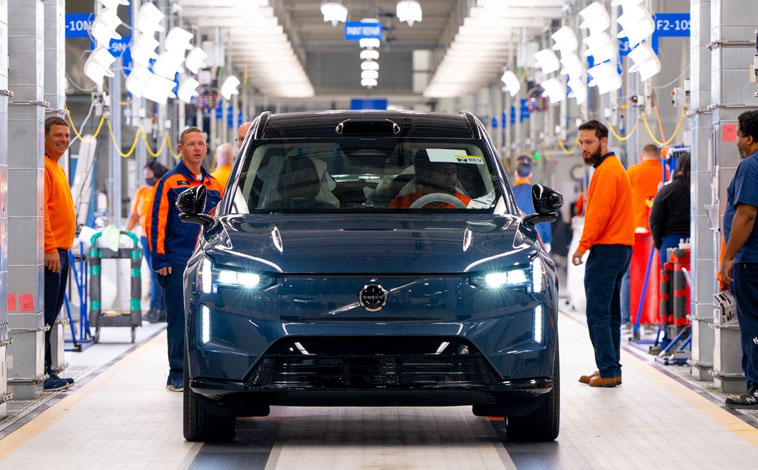
Volvo EX90 rolls off production line
Volvo is in a celebratory mood as its factory outside Charleston, South Carolina, [...]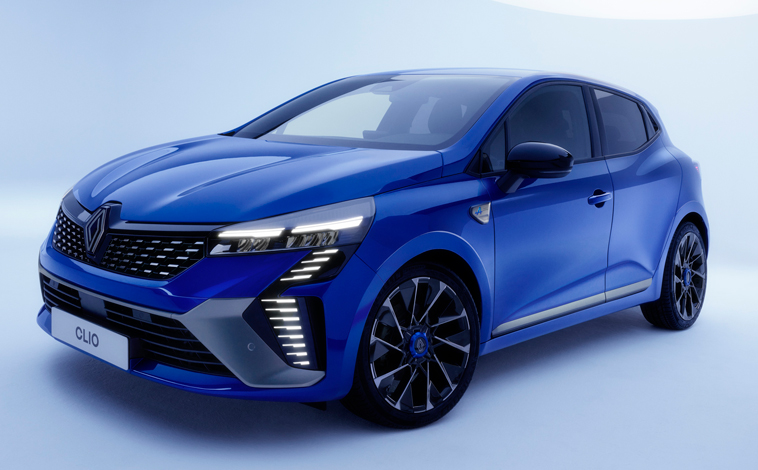
New Clio E-Tech available to order
Ushering in a bold new look and enhanced technology for Renault’s iconic supermini, [...]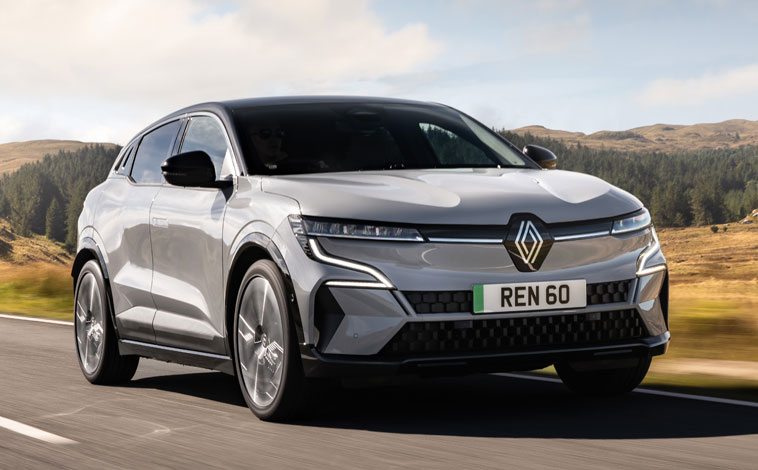
Renault notches up strong sales stats
Renault is on track for a strong first quarter in the UK car [...]
Volvo launches new seven-seater EV
Volvo is launching a seven-seat SUV that is fully electrified and boasts all [...]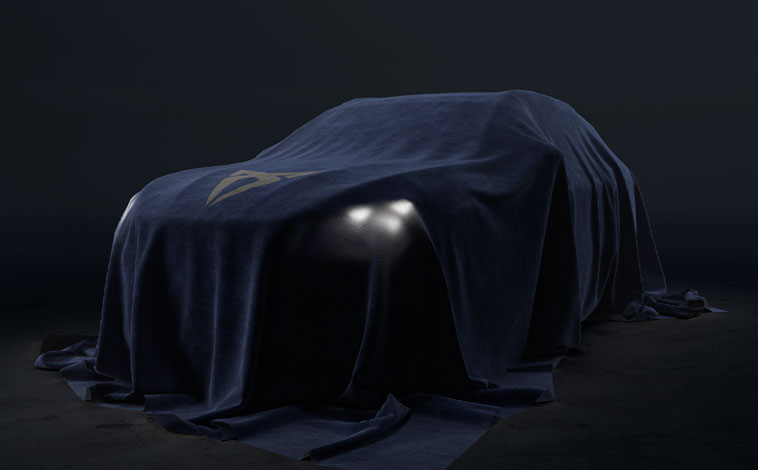
CUPRA announces plans for all-new SUV
CUPRA’s roll out of electrified vehicles continues with the introduction of an all-new [...]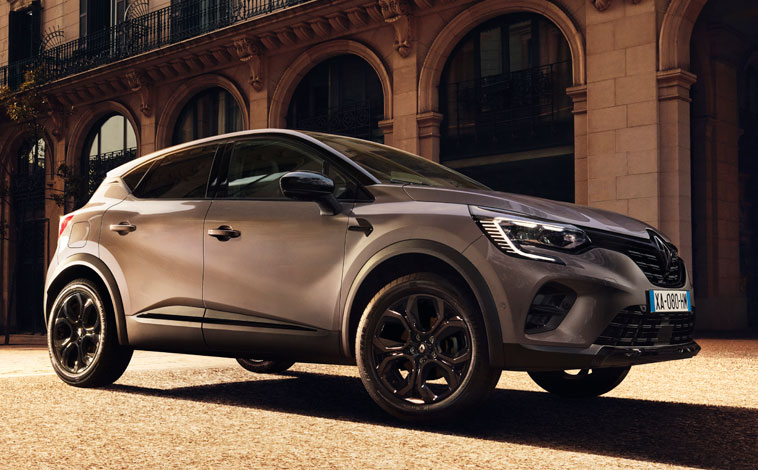
Stylish Rive Gauche Captur is launched
Renault has made its popular Captur model an even more attractive proposition with [...]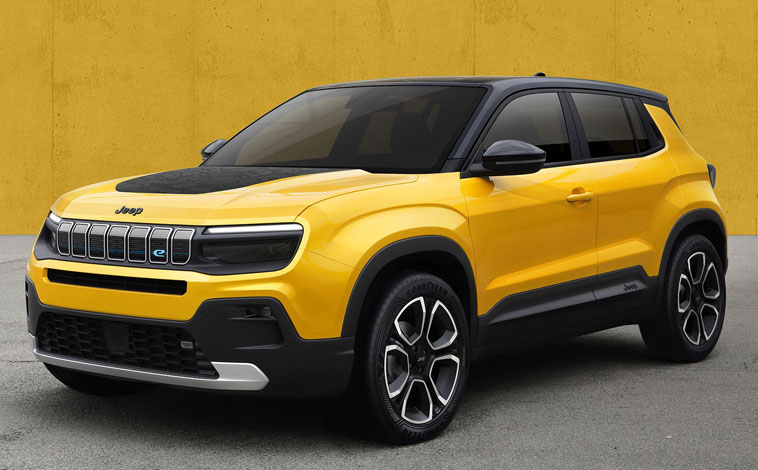
A glimpse at the fully electrified JEEP
Carlos Tavares, the chief executive of Stellantis used the company’s Dare Forward 2030 [...]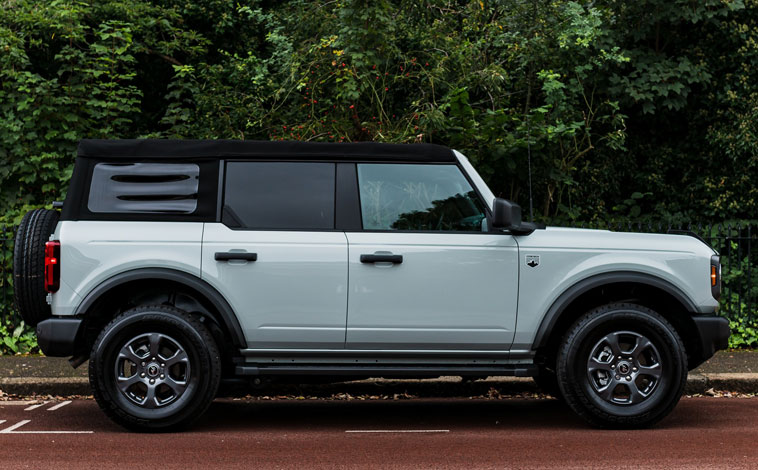
Ford Bronco 4×4 really bucks the trend
One of the most eagerly-anticipated vehicles of the past year, the Ford Bronco [...]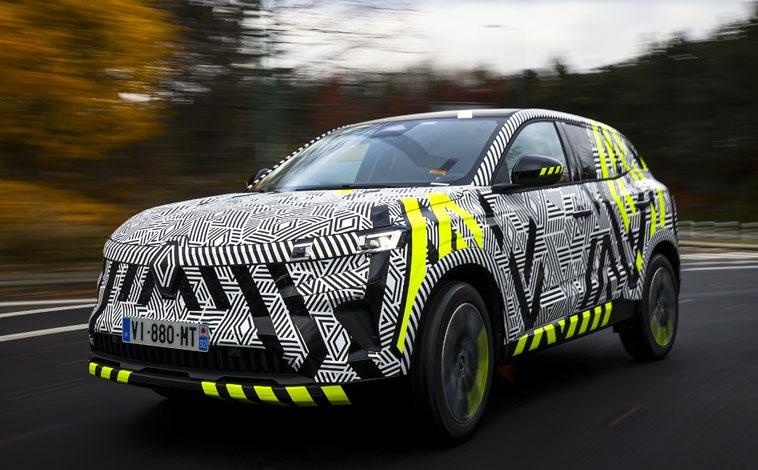
Renault Austral is put through its paces
Every time a new model such as the Renault Austral is launched, test [...]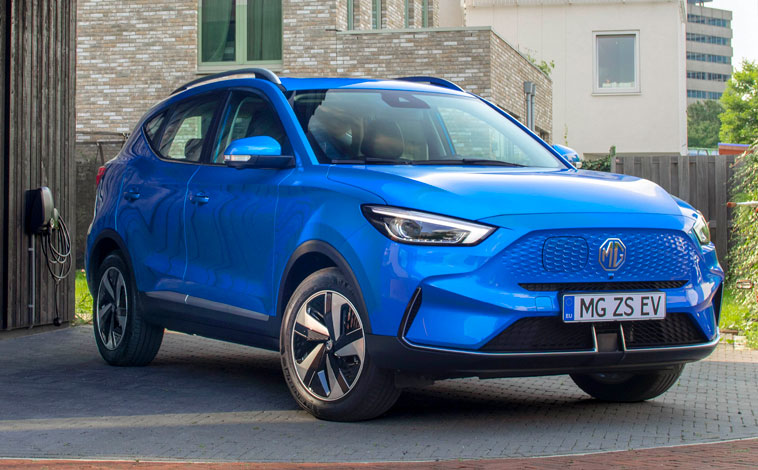
MG announces prices for its new ZS EV
MG has announced the prices for its new longer range, all-electric ZS SUV [...]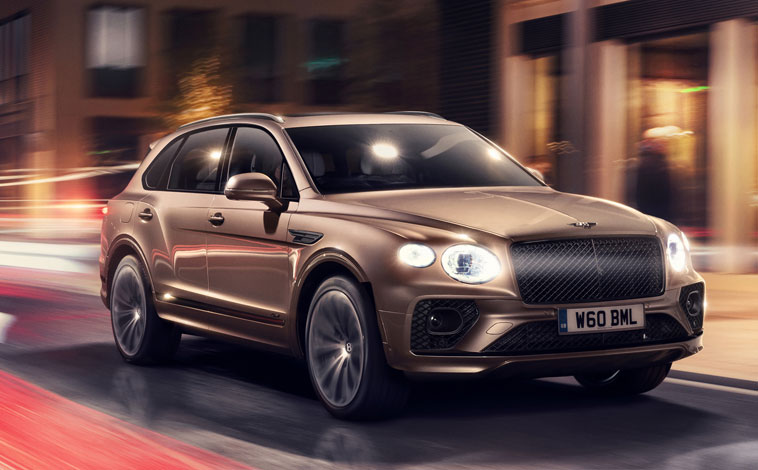
Bentley Bentayga Hybrid on sale in UK
The Bentley Bentayga Hybrid is available to order for customers in the UK [...]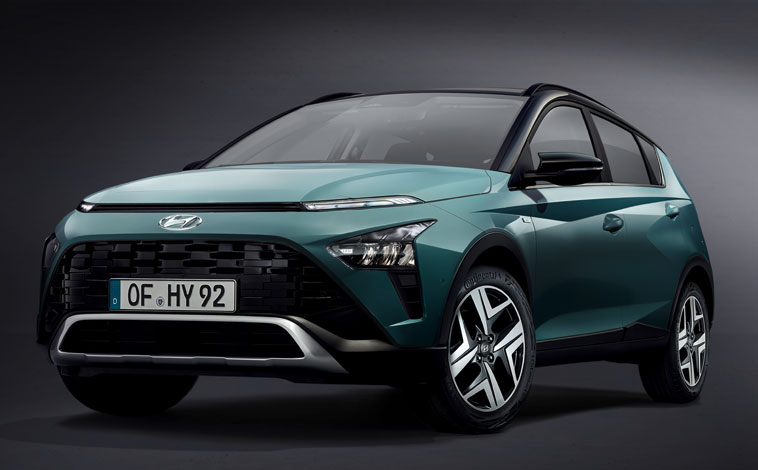
Prices revealed for new Hyundai Bayon
Hyundai has revealed more details about the pricing and specifications of its all-new [...]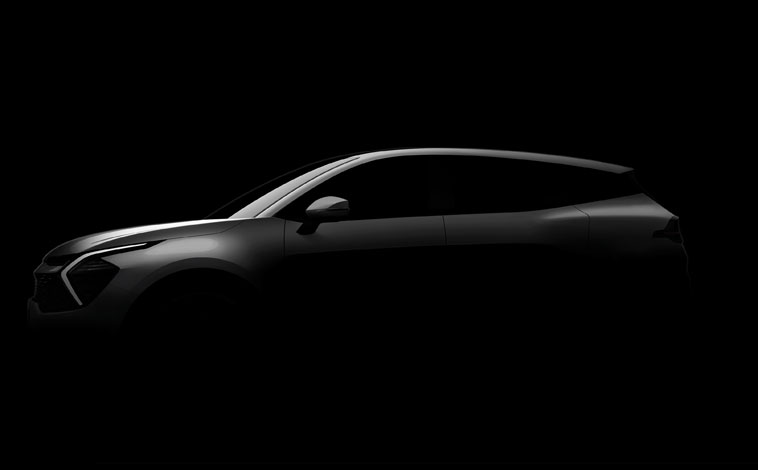
First teaser images of new Kia Sportage
Kia has revealed the first official teaser images of the all-new Sportage – [...]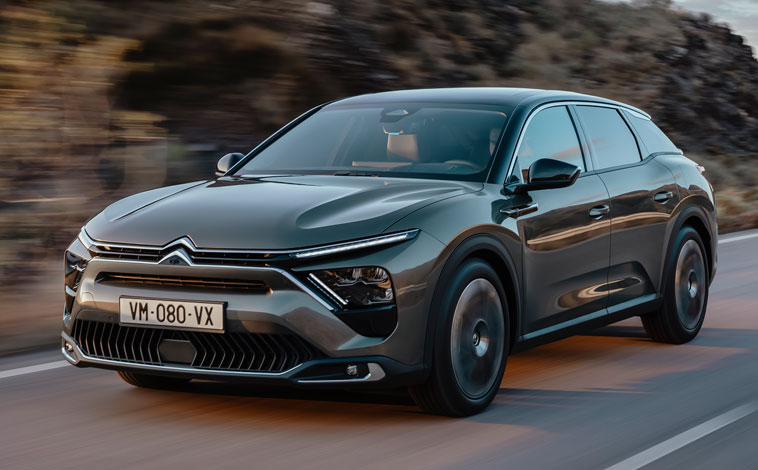
Citroen’s C5 X flagship unveiled
Citroen has unveiled its new C5 X flagship, which adds a new dimension [...]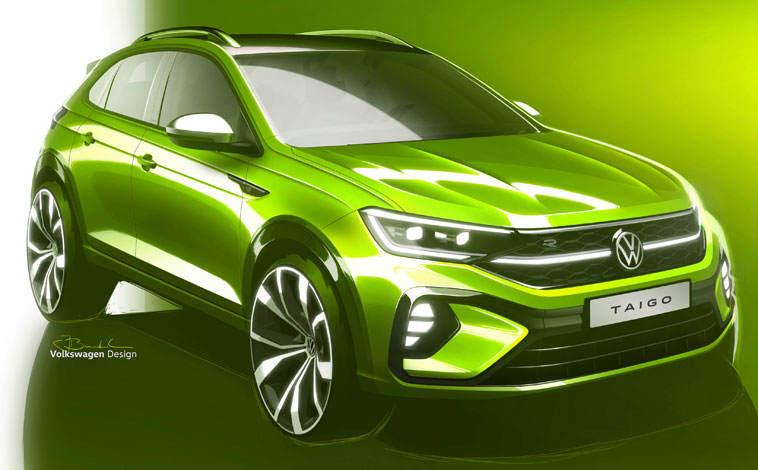
Introducing the all-new VW Taigo
Volkswagen has revealed the name of its new crossover model ahead of its [...]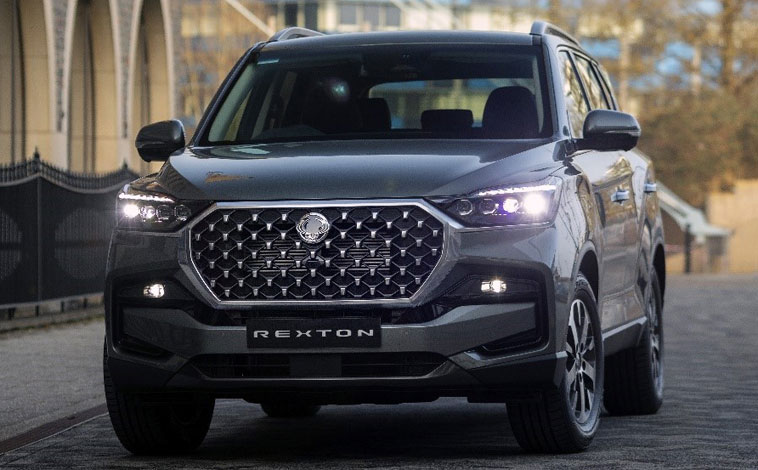
Upmarket Rexton takes on the big guns
SsangYong is launching the facelift edition of its flagship Rexton model this year [...]Related Reviews
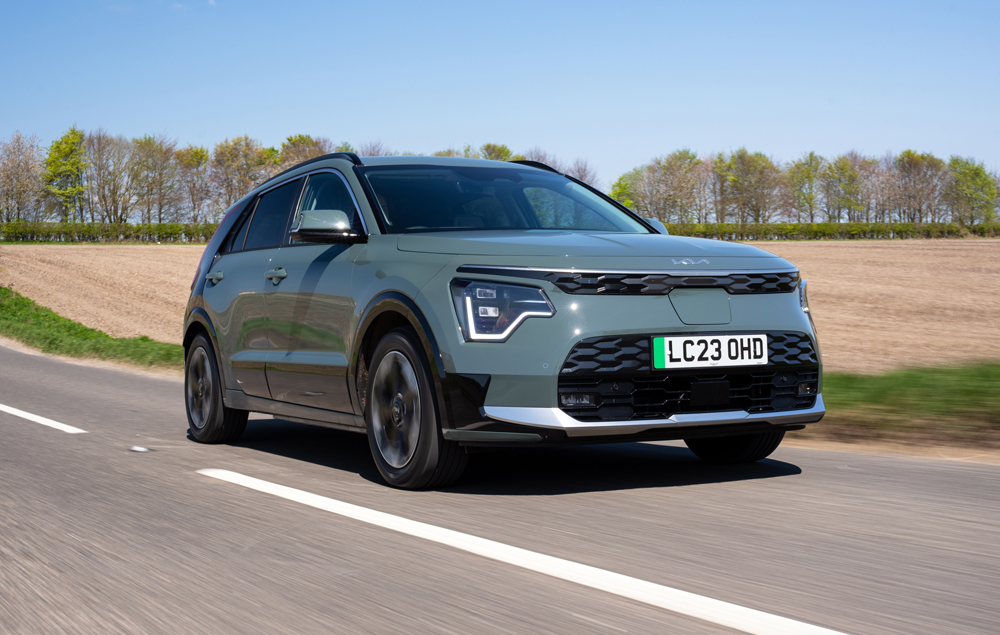
Kia Niro
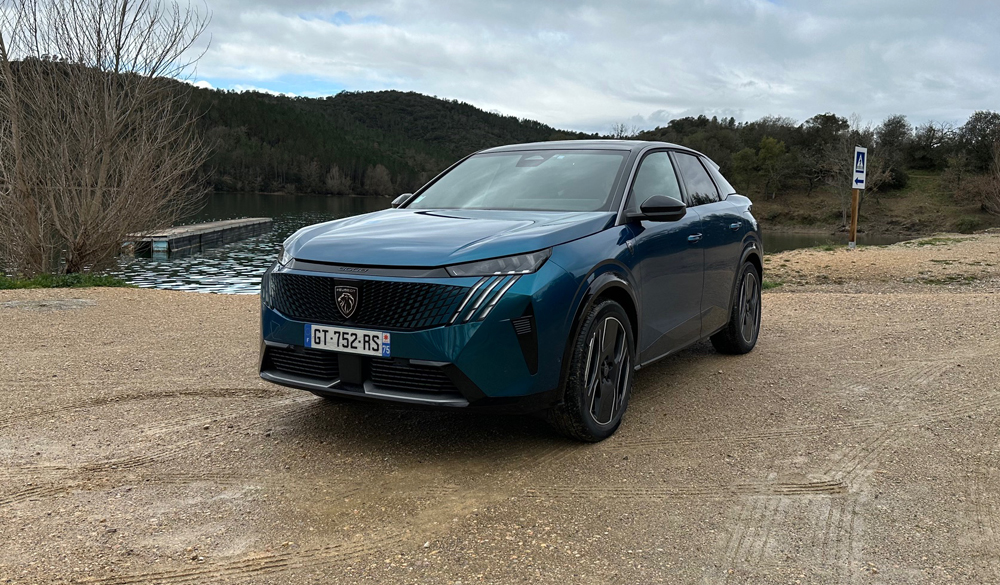
Highlighted Peugeot 3008/E-3008
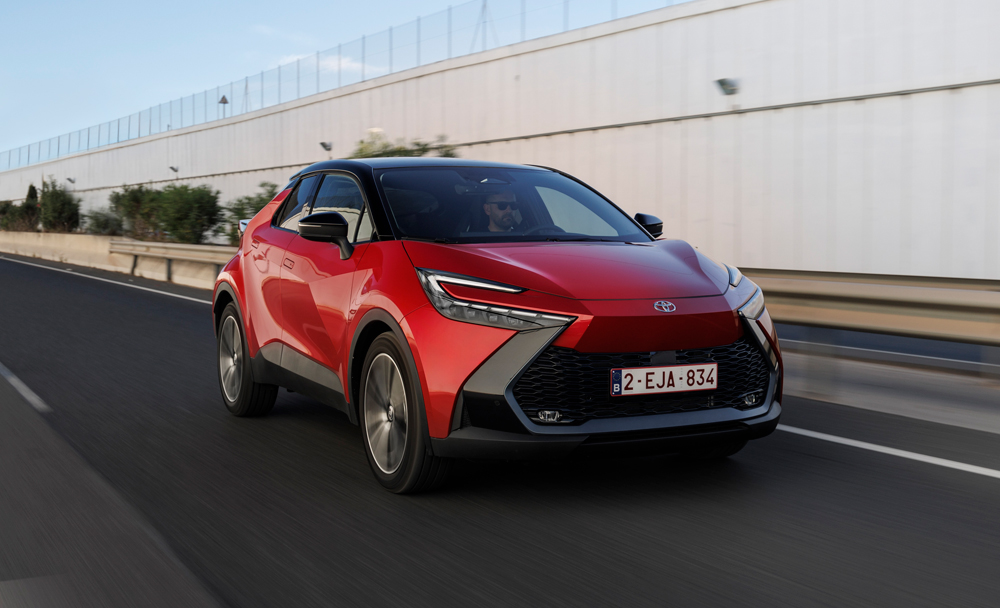
Toyota C-HR
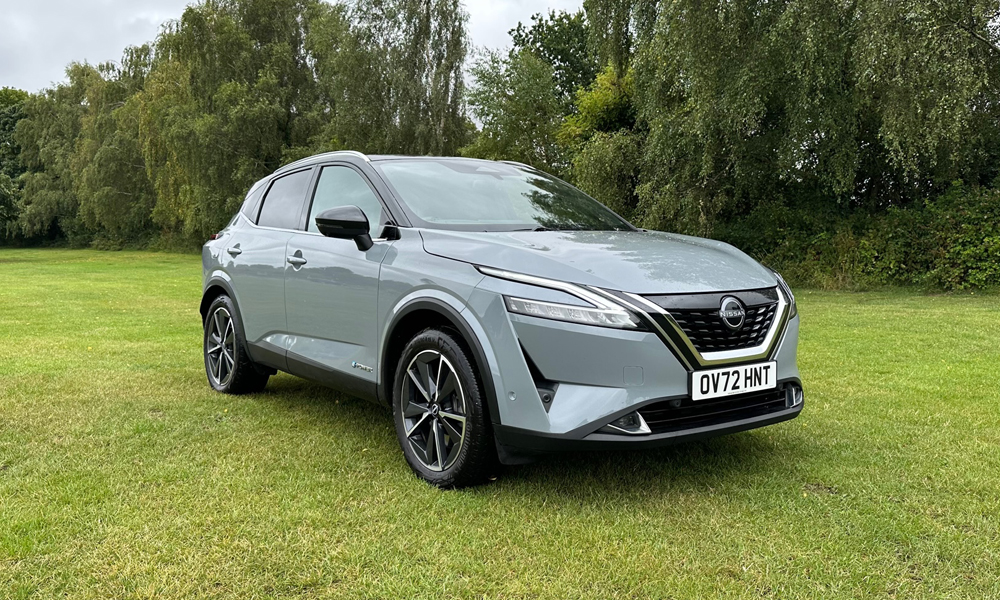
Nissan Qashqai
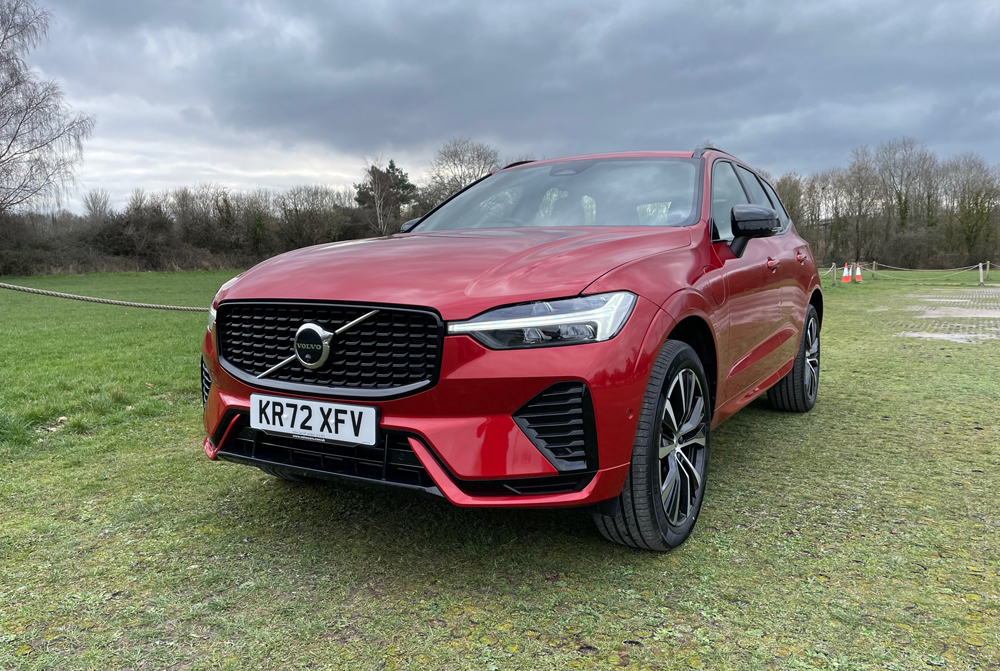
Volvo XC60
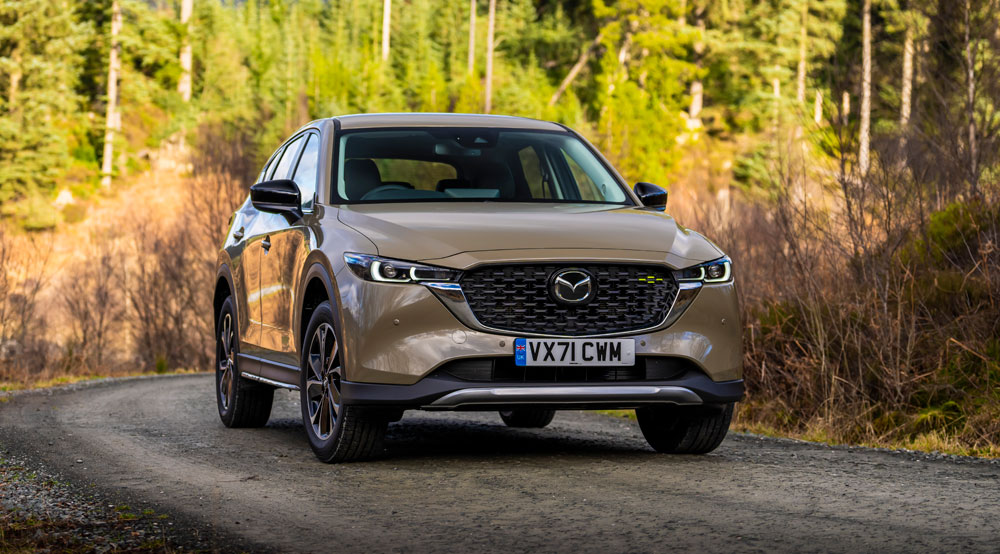
Mazda CX-5
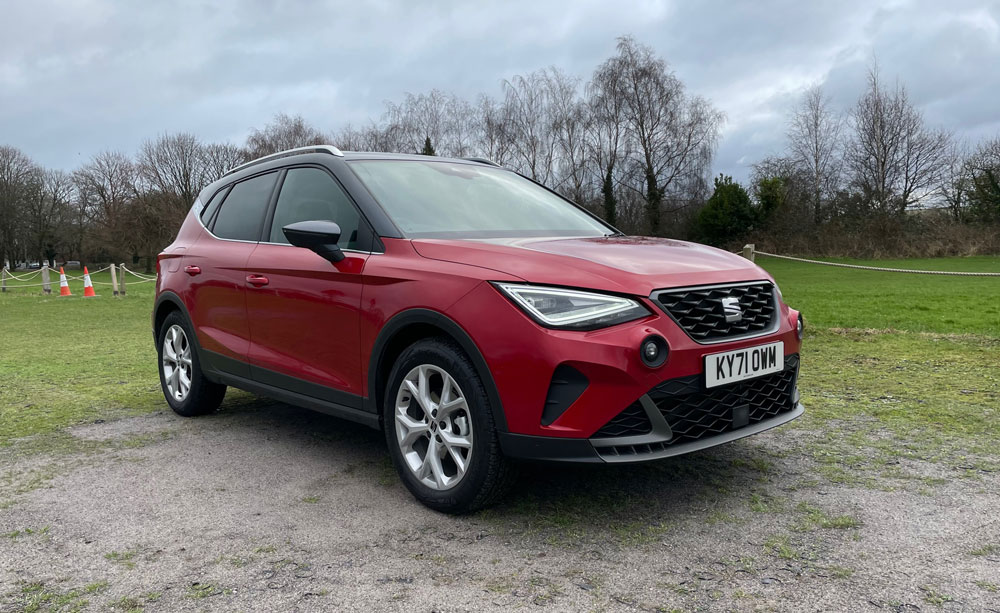
SEAT Arona
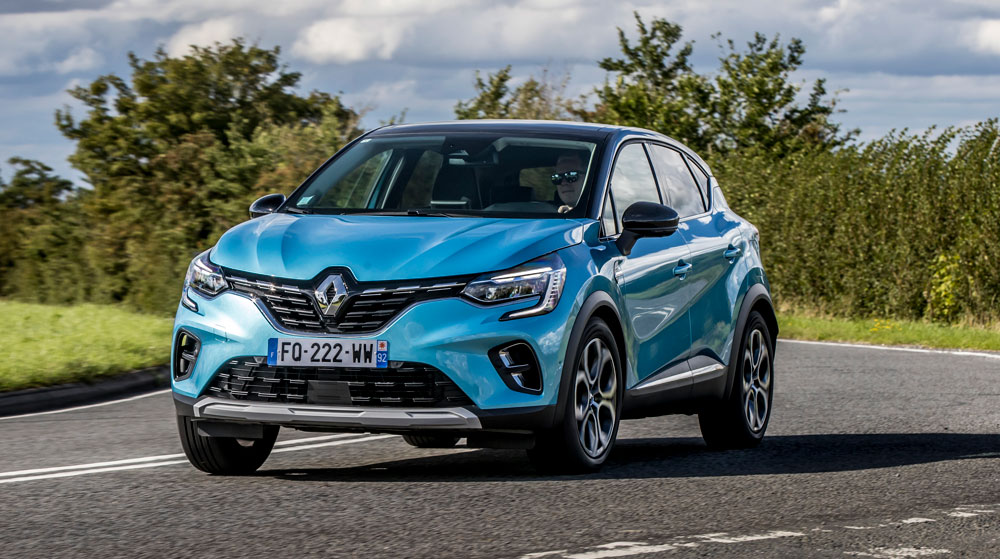
Highlighted Renault Captur
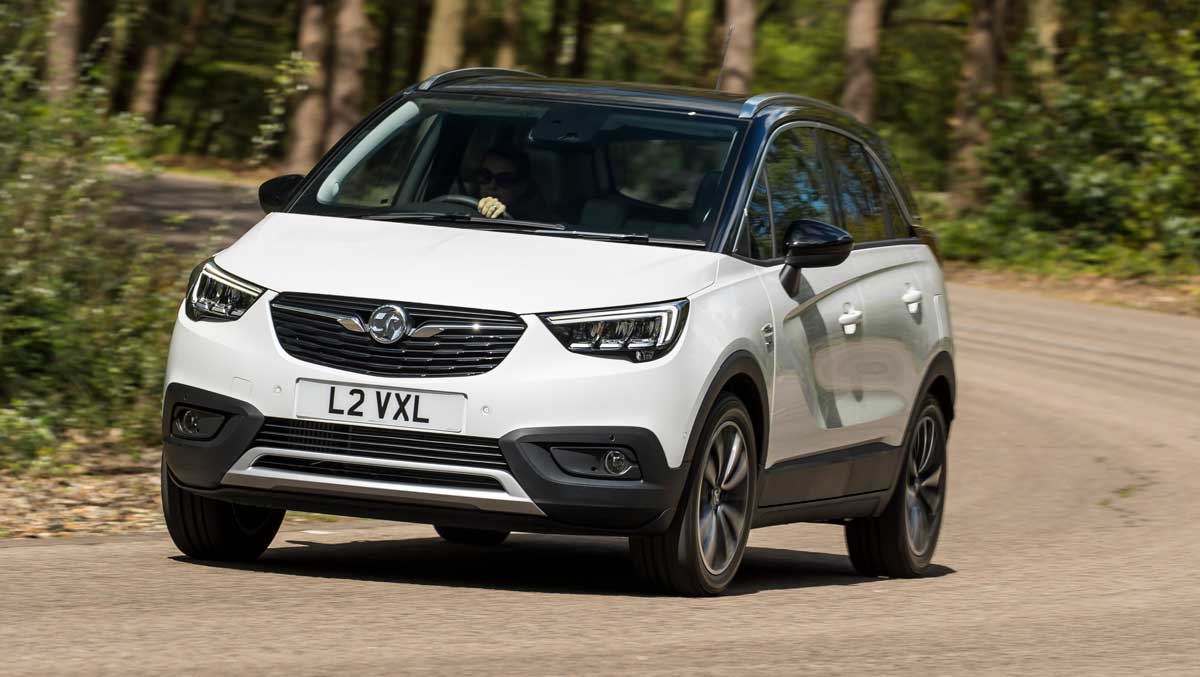
Vauxhall Crossland X
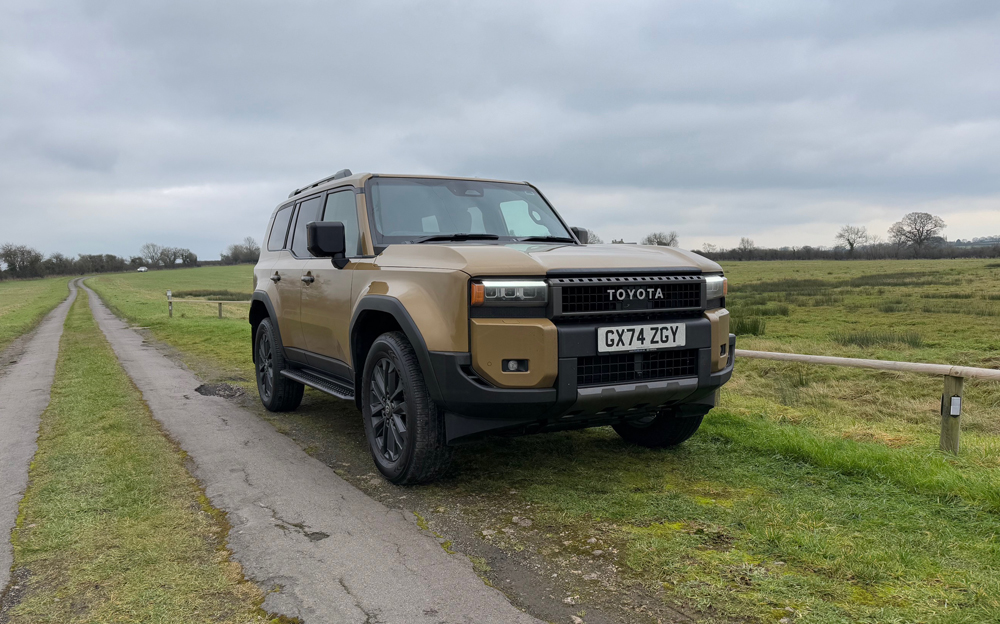
Toyota Land Cruiser
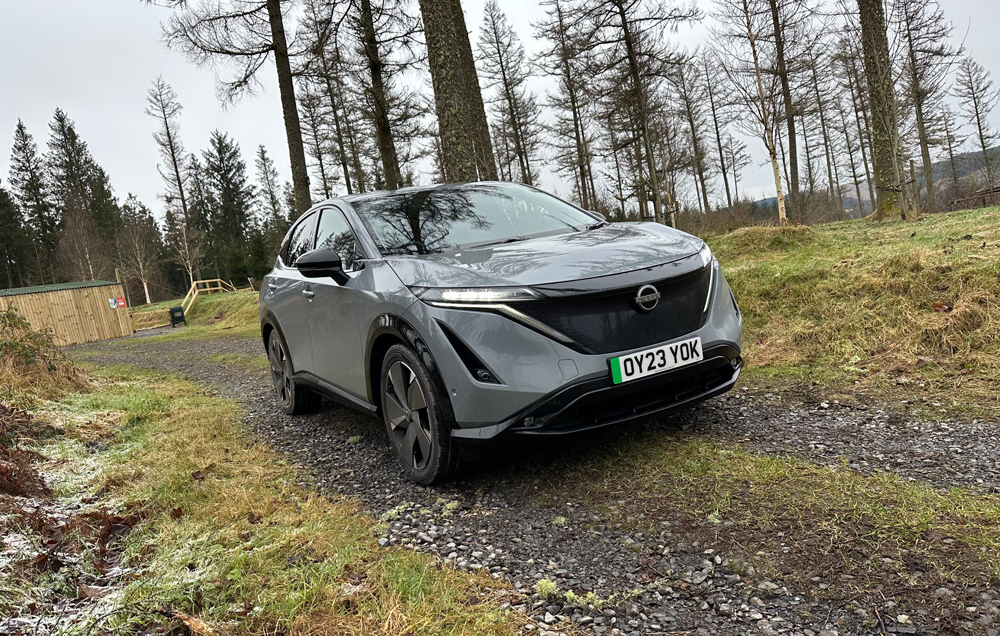
Nissan Ariya
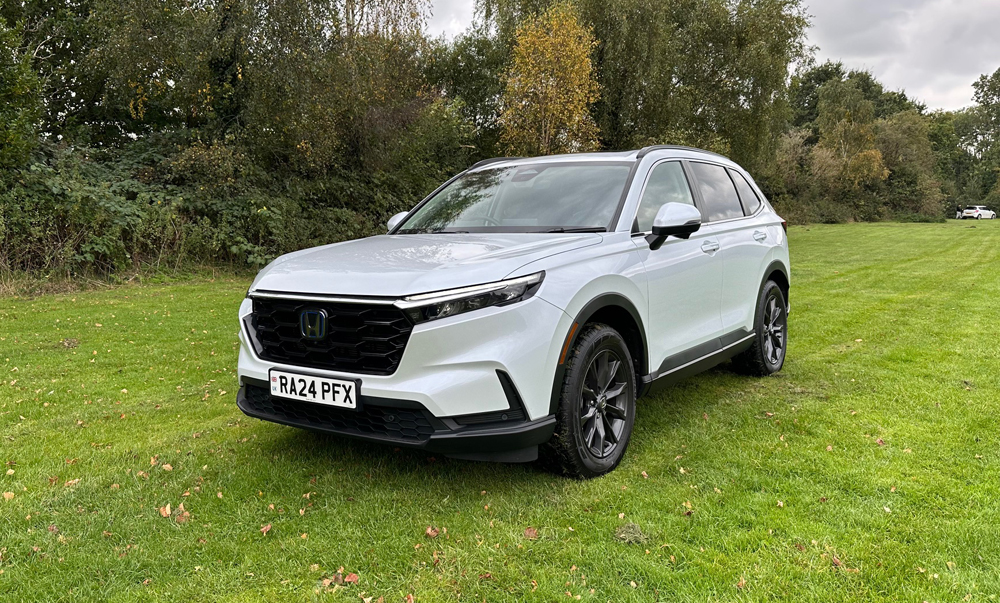
Honda CR-V
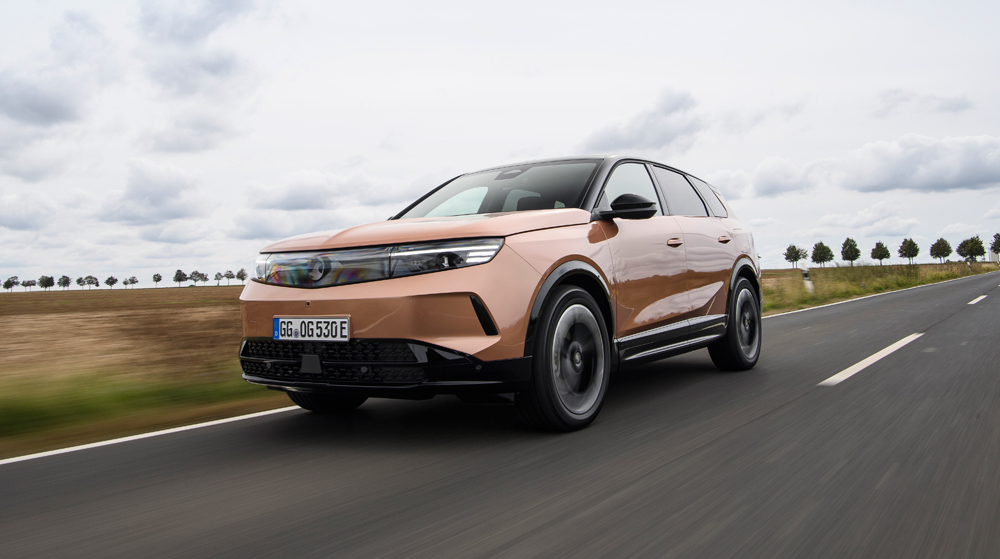
Highlighted Vauxhall Grandland
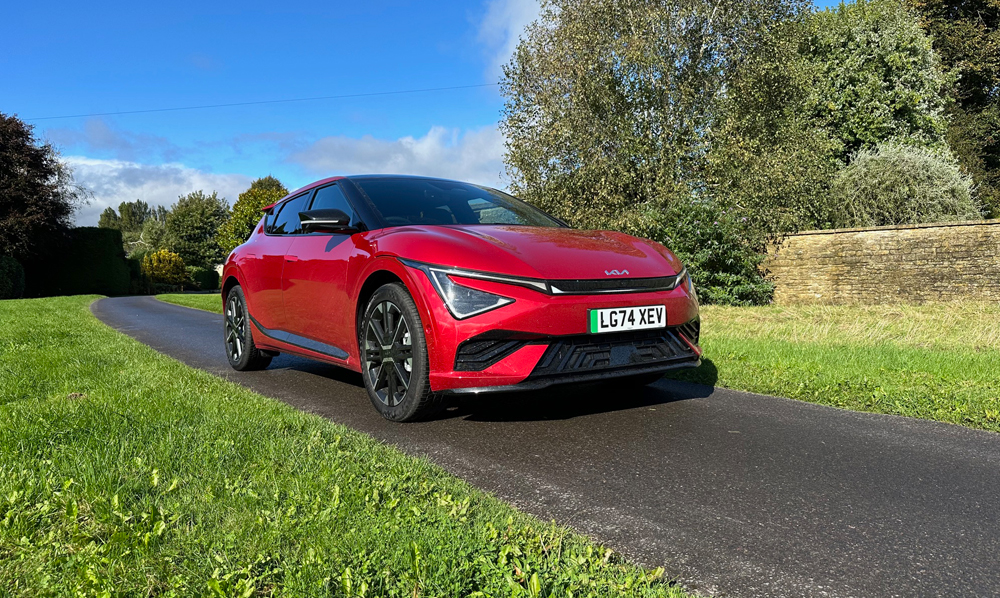
Highlighted Kia EV6
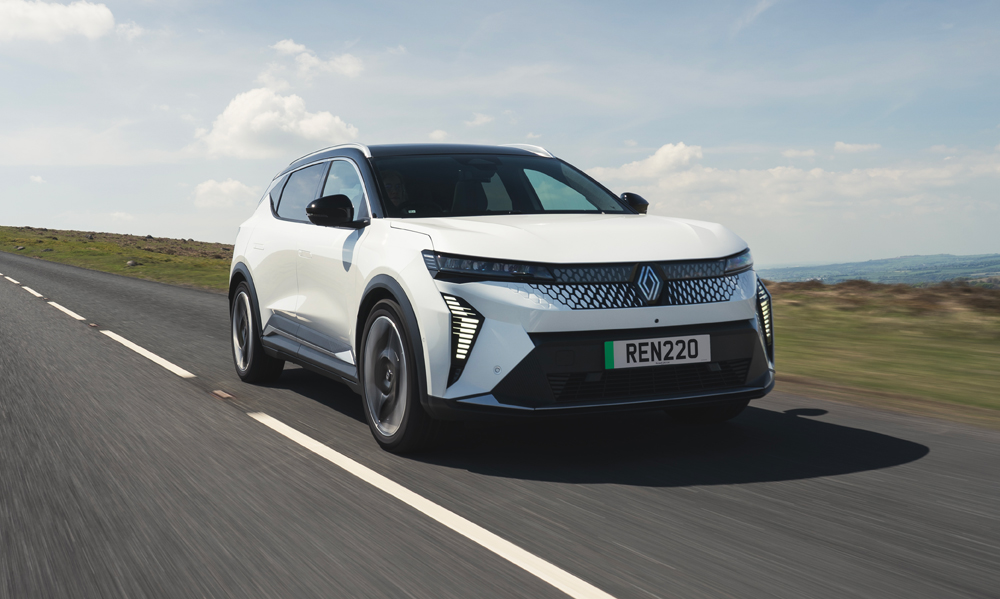
Renault Scenic
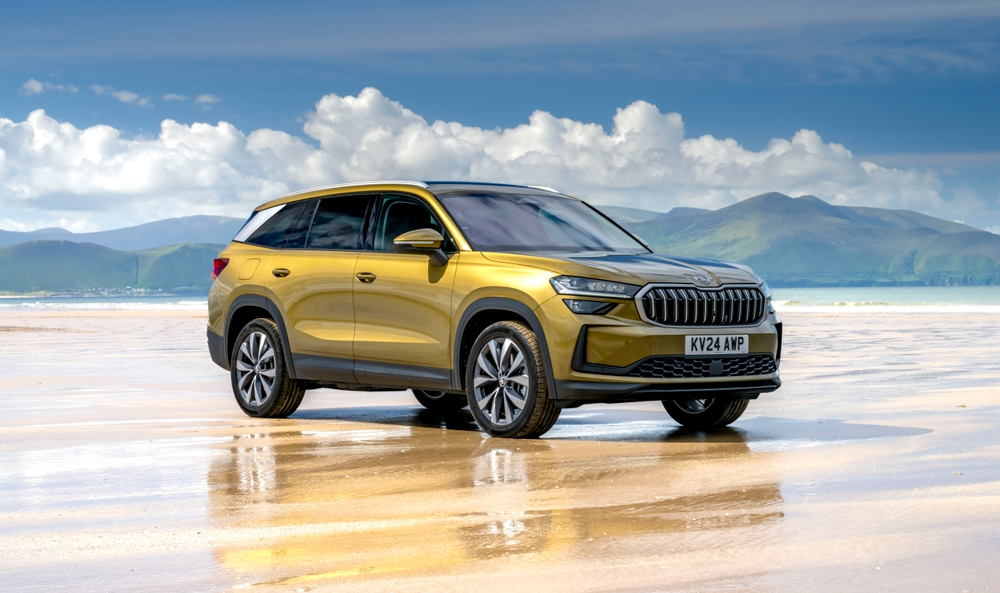
Skoda Kodiaq
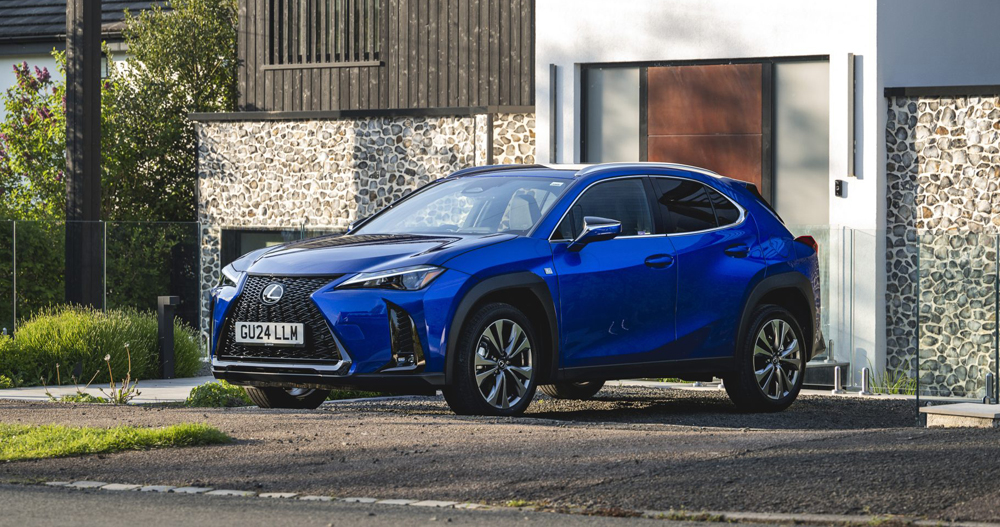
Highlighted Lexus UX
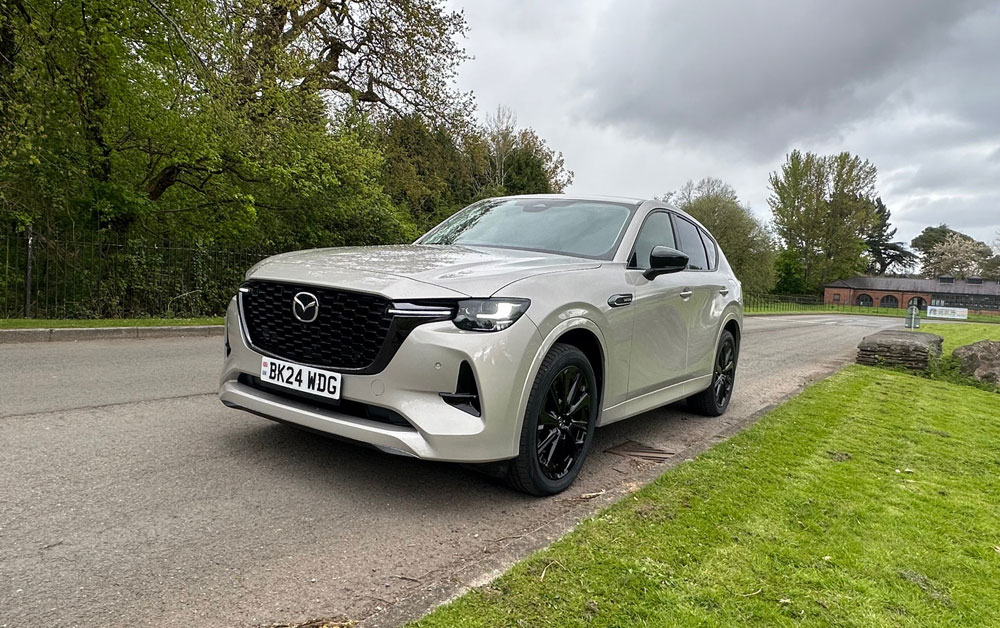
Mazda CX-60

Highlighted Peugeot 3008/E-3008
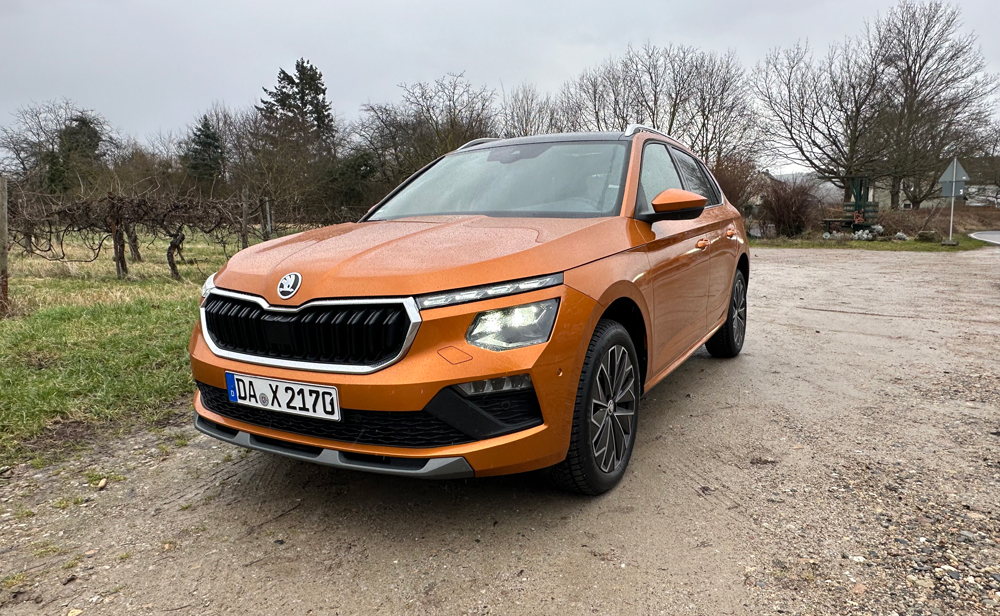
Skoda Kamiq
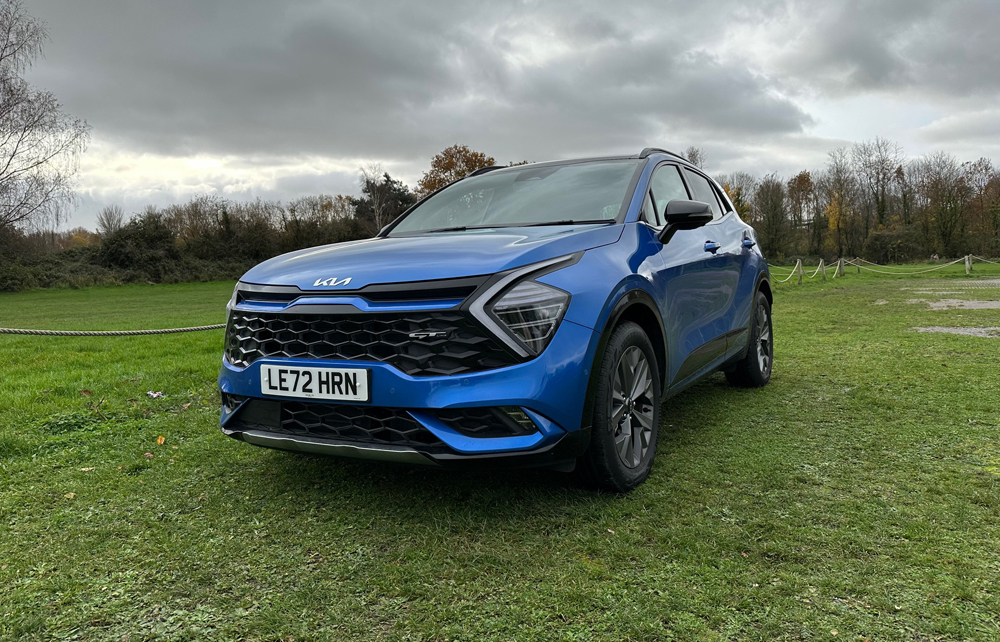
Kia Sportage
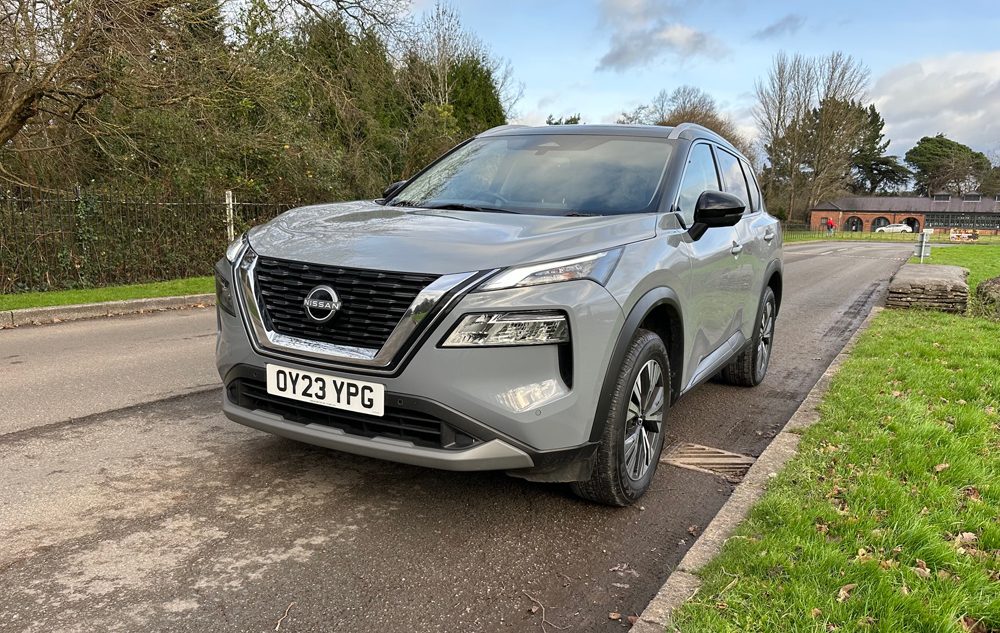
Nissan X-Trail
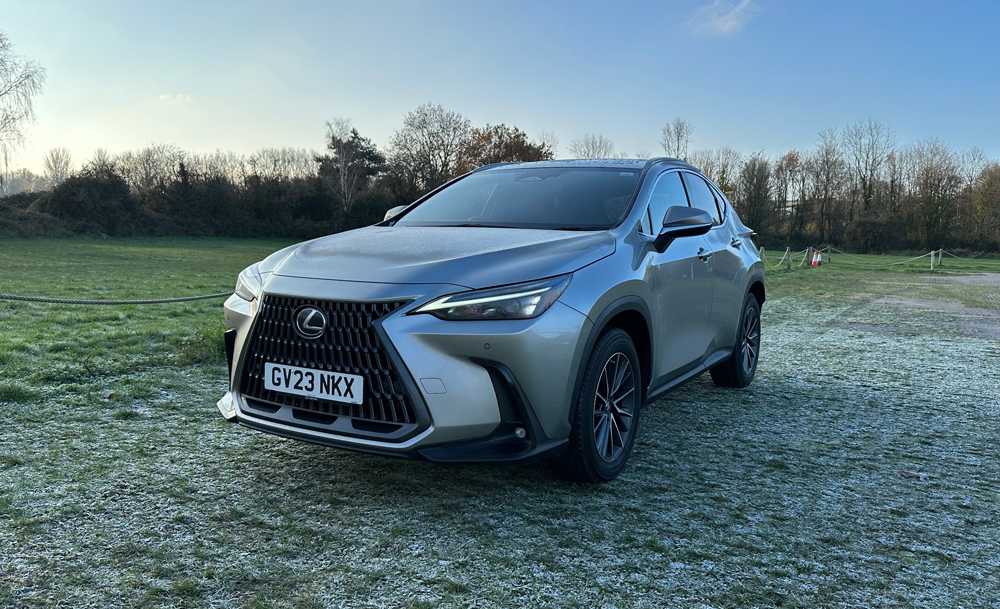
Lexus NX
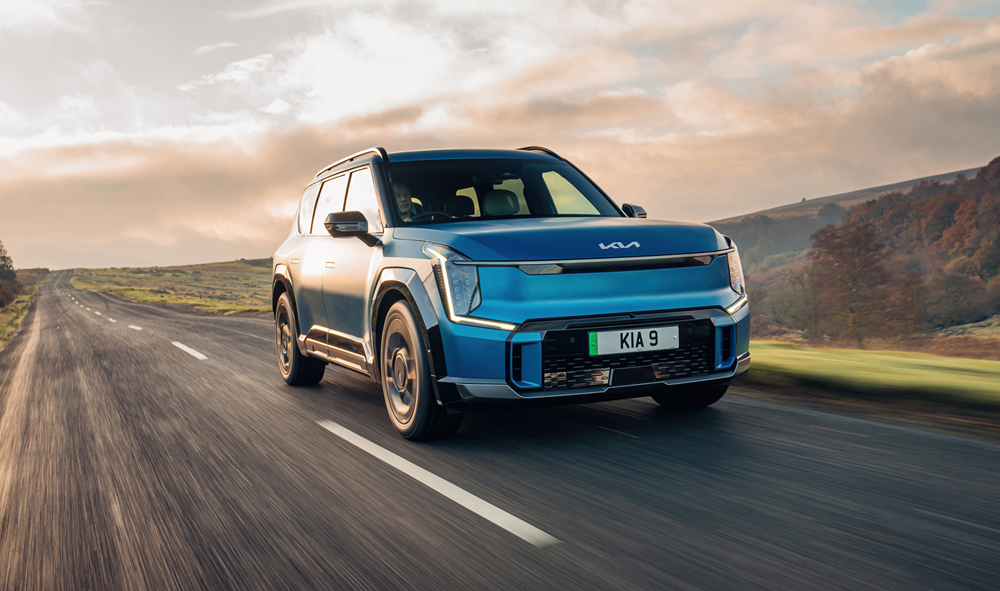
Kia EV9
